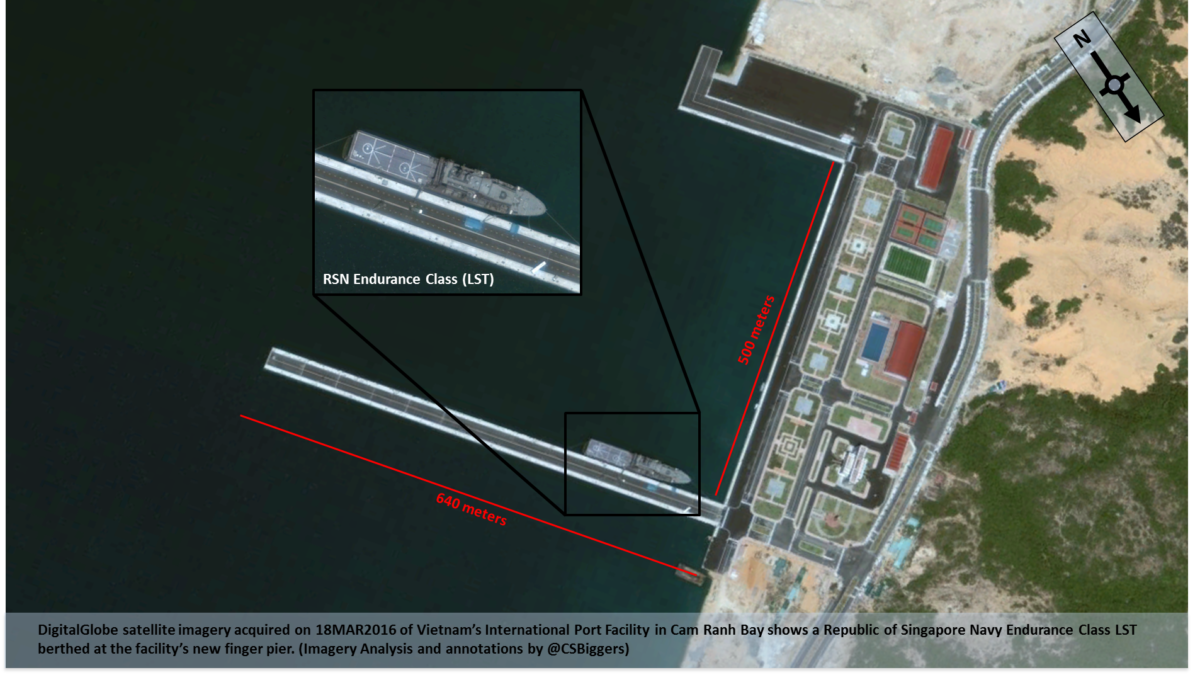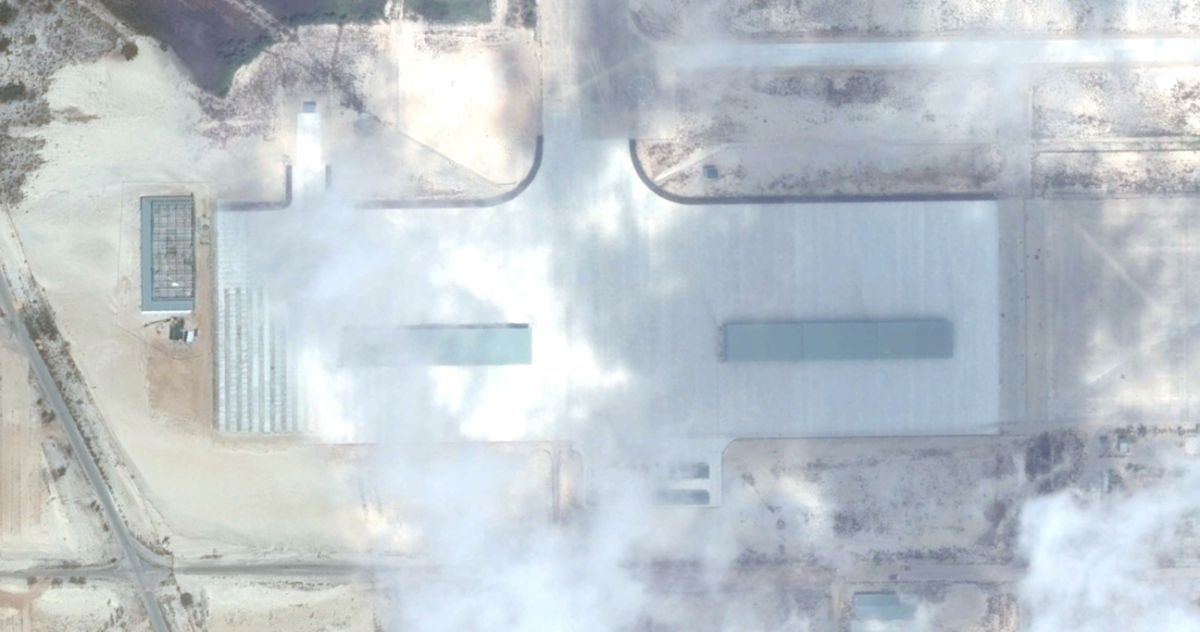Vietnam's Cam Ranh Airport Developments

The latest commercial satellite imagery available in Google Earth shows some new developments at Vietnam’s Cam Ranh Airport. In March, the north eastern support area appeared complete and new aircraft environmental shelters were erected on the parking apron. The southwest support area still showed construction activity at several new support and administrative buildings. As noted previously, the aircraft shelters erected on the southern section were complete by last July and at least two Ka-28 ASW helicopters have been observed in front of the hangars. The helos are thought to support the Russian-built Gepard class frigates and other coastal patrol vessels berthed at the nearby naval base.
Perhaps most importantly, the recent imagery shows a new petroleum oil and lubrication area, maintenance on the parallel taxiway and leveling activity for a second runway. Back in 2014, the press reported that the Vietnam Airlines Corporation had been planning to expand the airport due to the arrival of an increasing number of passengers. The airport, designed to receive 1.6 million per year, was nearing capacity according to the Civil Aviation Authority of Vietnam. The last report regarding the tender said US-based ADC-HAS Airport had received OPIC approval for a project valued at $250 million. A quick search over at OPIC’s site however yielded no results.
Apart from ADC-HAS Airports, another US-based investor, Airis Holdings, previously announced plans to put investment dollars into Danang and Noi Bai airports under the public-private partnership model. Satellite imagery has shown no change with Danang while Noi Bai has received an extensive 139,000 sq meter terminal. The new facility reportedly cost $900 million and doubled the airport’s capacity to 10 million passengers a year. The terminal went into operation by January 2015.
Vietnam has 24 airports and most need to be upgraded to meet growing air transportation demand. Despite the lack of reform, U.S. firms remain increasingly bullish on the country which could provide other opportunities for collaboration.


